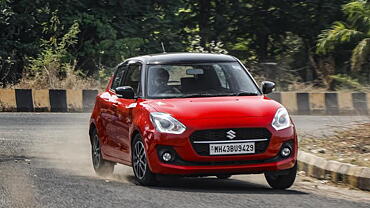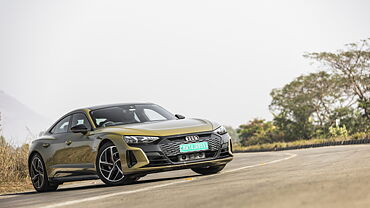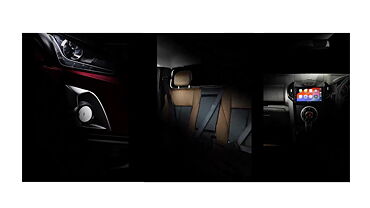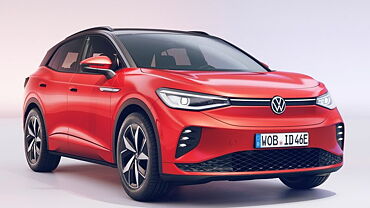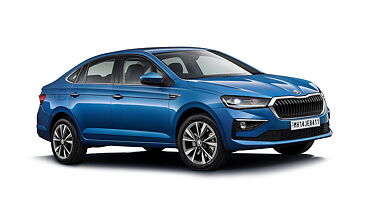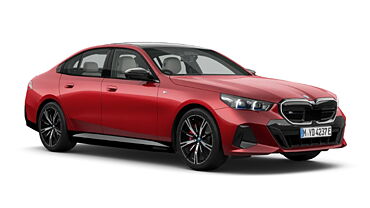India's luxury car market was almost non-existent when Ravi Shastri was awarded an Audi 100 during the Benson and Hedges Championship of Cricket in 1985. It was still at nascent stage when Mercedes Benz, one of the most prominent luxury car makers in the world, entered the country a decade later. In the year 2006, only 3,050 premium models were sold here, which shows that the segment had still not matured. However, BMW alone sold over 9,000 cars in the domestic market just half a decade later, while Audi scaled the 5,000 unit mark effortlessly and the whole segment grew sevenfold.
Audi is a late entrant in the segment and has begun selling decent volumes in the country in 2011 only. The Indian division is headed by Michael Perschke, who left Mercedes Benz in 2004. He started helming Audi in mid-2010 and has helped the company grow manifolds; for example, in April 2012, it sold 562 units, a Year-over-Year growth of 50%. In the first quarter of the year, the manufacturer wrested the second position in the luxury segment of the country from rival Mercedes Benz. Its next aim for the domestic market is to take the pole position from BMW, which it has held since 2009.
Though it will not be impossible for Audi to become the biggest luxury car maker in the country, BMW will certainly make it difficult. The former has set a sales target of 8,000 units for 2012 and was just 100 vehicles behind the latter in the first quarter of 2012. It also enjoys the advantage of economies of scale as it shares parts, platforms and technologies with cars made by sibling brands, such as Skoda and Volkswagen, which are also present in India. However, BMW leads the segment as it relies on people with family money, who can spend more, and remains flexible and focussed as an autonomous automotive firm without any allegiances. Its X1 model, which is priced at Rs. 24 lacs, is the undisputed leader in the segment and pulls high volumes.
The difference between the paths being followed by Audi and BMW is the demographics they are targeting. While the former believes that the youth of India that is making money is the best bet to drive sales, the latter still has faith in the 40-plus corporate leaders to boost volumes. Of course, Audi does nothing to make the high profile consumers belonging to the elite league of the India's business class feel unwanted. Adi Godrej presently drives around in an A8, the most spacious sedan offered by the German car maker. Other notable patrons of Audi India include Sunil Munjal of Hero MotoCorp and Baba Kalyani, along with many Bollywood celebs.
Moreover, when it decided to arrive in India, Audi adopted a slow and steady approach, wherein it worked on brand building. According to the company, this was more important than pushing sales, since volumes would be easy to achieve if a recognisable brand had been created. Additionally, Perschke realised the potential of the Sports Utility Vehicle (SUV) segment in the country in his early days only. Among the first two models that Audi brought here when it forayed into the domestic market was the Q7 SUV. Presently, this segment accounts for 40% of the company's sales volumes in India.
Both the companies are eyeing the biggest piece of the global market and have included the domestic market in their plans. While BMW is looking to add some new models to its portfolio, Audi is focussing on becoming the biggest luxury car maker of the world as well as the country by 2015. However, Mercedes, Audi and BMW have only just arrived with bolstered portfolios in India, so the race is yet to begin and it remains to be seen whether Audi is able to maintain its growth rate.



![Audi Q7 [2015-2020] Audi Q7 [2015-2020]](https://imgd-ct.aeplcdn.com/160x89/cw/ec/26521/Audi-Q7-Right-Front-Three-Quarter-165498.jpg?wm=0&q=80)

